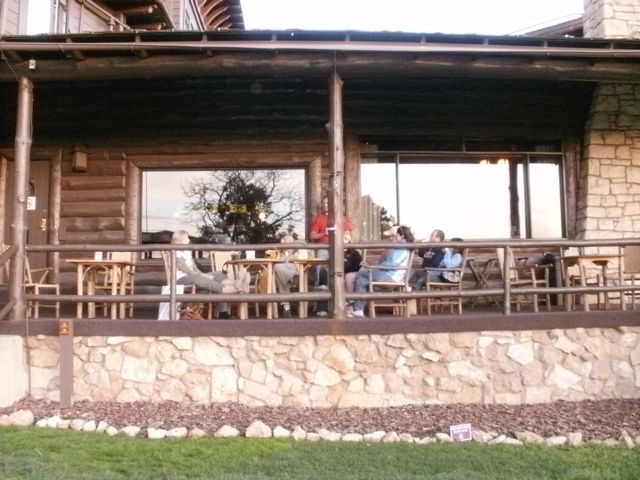Mandatory Gear:
1.   “CamelBak”/Backpack – a backpack with hands-free hydration; a bladder of water on your back. I carry 3 liters of water plus 2 small regular bottles. I run out of water between water posts each year at some point or other, so you want plenty and your food for the day will be in there too. You will eat and drink all day long. There are no trashcans, you hike out with whatever you take in. When you buy the Camelbak, make sure the bottom straps rest on your hip bones. You want the weight of the pack to rest on your hips, not being supported by your shoulders. Your back will really hurt if your Camelbak is too small.
2.   Walking Poles – Get two light weight, collapsing, metal poles. They will support you and stabilize you on the fast walk down, and help you pull your body up and over the trail on the way up.  If done correctly the poles will take 20 or 25% of pressure off your legs/knees. I buy ones that have an external lock.
3.   Convertible Pants – wicking pants, not made of cotton, that zip off at the knees. You will start in pants, unzip for shorts, and many times put the legs back on when you hit the cooler temperatures at the higher elevations. And if you get sick or hurt and hike out after dark, you will want your pant legs back. Look at the REI site if you need help.
4.   Head Lamps – Miner’s lights. Straps that go around your head and holds the flashlight on your forehead. We start on the trail several hours before sunrise in order to clear the box canyon at the bottom before the sun is overhead (or you hit 125+ degree heat deep in the Canyon), and sometimes we come out unexpectedly after dark and you must have light. Otherwise it is like holding black construction paper in front of your face and you can’t see.
5.   Trail Runner Shoes – You do not need high boots, just trail runners with good tread and not much mesh. You will get a lot of dust in your shoes, and you will stop and dump sand out along the way. Get light weight shoes, you may walk through water at times. I get my shoes a 1/2 or 1 size bigger than my normal size, depending on toe shape. This is because on the way down you will be knocking your toes into the end of the shoe and you need the room.
6.   Wicking Clothing: No cotton allowed. Cotton will get sweaty and will not dry out, you will be miserable.
a.   Two pairs of wicking socks for each hike. You change into new ones at lunch, clean and dry.
b.   Wicking underwear. Yep. No cotton and no soy.
c.   Short sleeve or tank top. For the hot times at the bottom.
d.   Long Sleeve Wicking Shirt. You will be covered up in and layered in the cold hours, and in the warm hours you can wear it to keep the sun off your body. I have a white long sleeve Nike or some brand shirt that is 100% wicking and when I hit water on the way out I dunk the shirt, put it on wet, it cools me down and takes long enough to dry that I cool off for a long time. This is a trick taught to me by some wise.
e.   Wicking sports bra (girls obviously). Don’t wear the regular stuff.
f.   A bandana to get wet, cover your neck, or just plain have around.
7.   Wide Brimmed Hat – Get a hat with a brim to keep your head, neck, and shoulders out of the sun. I wear one with a strap, sometimes the wind is strong and hats blow off.
8.   Smaller things: sunscreen, sunglasses, camera, band-aids, Advil. I do Electrolyte pills (Whole Foods), and you must take powered Gatorade or other powered electrolyte sports drink to mix with your water. Plain water will not get you through the hike. Hikers who try to drink just plain water get helicoptered out and spend time in the ICU (Kristen, 2008), your body needs more than water in these extreme situations.
9.   Water Purification Pills (or ultraviolet light) AND Water Filtration System- in case the water line has problems and you must sterilize the river water.
10.   Bike gloves. I have found these to be comfortable 12 hours in when the poles have rubbed my hands for hours.
Have Fun Shopping and Training with your New Equipment!!
